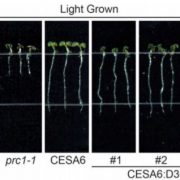
Another Brick in the Plant Cell Wall: Characterization of Arabidopsis CSLD3 Function in Cell Wall Synthesis
Research, The Plant Cell, The Plant Cell: In BriefPlant cell walls are one of the great engineering feats of nature, providing immense structural strength and durability. The core components of plant cell walls (pectin, hemicellulose, and cellulose) can occur in different proportions and vary in their structure and assembly, thus allowing cell walls…
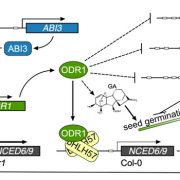
A new player links ABA biosynthesis and signaling with seed dormancy
Research, The Plant Cell, The Plant Cell: In a NutshellLiu et al. identify new connections between known regulators of seed dormancy, acting through modulation of ABA biosynthesis and signaling. The Plant Cell (2020) https://doi.org/10.1105/tpc.20.00026
By Fei Liu and Yong Xiang, Shenzhen Branch, Guangdong Laboratory for Lingnan Modern Agriculture, Genome…
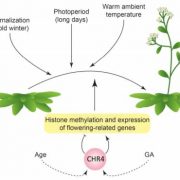
Remodeling Flowering: CHROMATIN REMODELING 4 Promotes the Floral Transition
Research, The Plant Cell, The Plant Cell: In BriefPlants that fail to flower at the right time will lose out on seed production. Hence, the transition from vegetative growth to the reproductive phase depends strongly on environmental signals. Cold winter temperatures and long days are seasonal cues that stimulate flowering through vernalization and…

Plantae Presents: Keiko Sugimoto and Hongtao Liu
Blog, Plantae Presents, Research SkillsDue to the COVID-19 pandemic many seminar series and conferences have been canceled or postponed. In response to this, and to make sure plant scientists can continue to communicate their latest work to their peers, The American Society of Plant Biologists launched a virtual seminar series via our online…
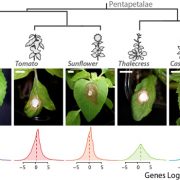
Breaking the Mold: Transcriptome Analysis of Quantitative Disease Resistance to a Fungal Pathogen
Research, The Plant Cell, The Plant Cell: In a NutshellSucher et al. reveal that regulatory divergence of conserved genes makes a major contribution during the response of Pentapetalae plants to a fungal pathogen. Plant Cell. https://doi.org/10.1105/tpc.19.00806
Background:
Necrotrophic plant pathogens actively kill host cells to cause disease. This…

Informational interview with Dr. Mahaletchumy Arujanan, Global Coordinator of the International Service for the Acquisition of Agri-biotech Applications (ISAAA)
Profiles of Plant ScientistsInformational Interview by Godwin James, ASPB Conviron Scholar
I had a great opportunity to interview Dr. Mahaletchumy Arujanan and listen to her passion for science communication. Dr. Maha Arujanan is the global coordinator of the International Service for the Acquisition of Agri-biotech Applications…
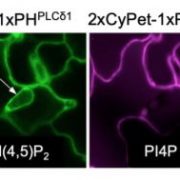
Good Fats, Bad Fats: Phosphoinositide Species Differentially Localize to Plant-Pathogen Interfaces and Influence Disease Progression
Research, The Plant Cell, The Plant Cell: In BriefMany filamentous pathogens invade living plant cells with specialized intracellular infection structures (haustoria) that promote microbial growth. Cytological studies demonstrate that the haustoria of fungal and oomycete pathogens are separated from host cell cytoplasm by a highly differentiated and…
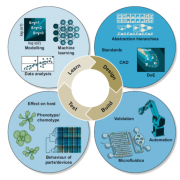
Review. Beyond natural: Synthetic expansions of botanical form and function (New Phytol.)
Plant Science Research Weekly“The goal of synthetic biology is to advance the ability to dependably and consistently design or reprogram living organisms and to fabricate products from biologically-derived materials.” In this review, Patron focuses on the principles derived from engineering that are foundational to synthetic…
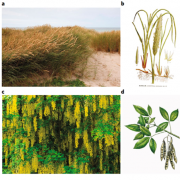
Review: A CRISPR way for accelerating improvement of food crops (Nature Food)
Blog, Plant Science Research WeeklyCRISPR technologyhas become indispensable for basic plant biology research and has the potential to profoundly impact future agriculture. Zhang et al. provide an overview of CRISPR technology and discuss how this technology will revolutionize future crop breeding. CRISPR technology can not only introduce…

